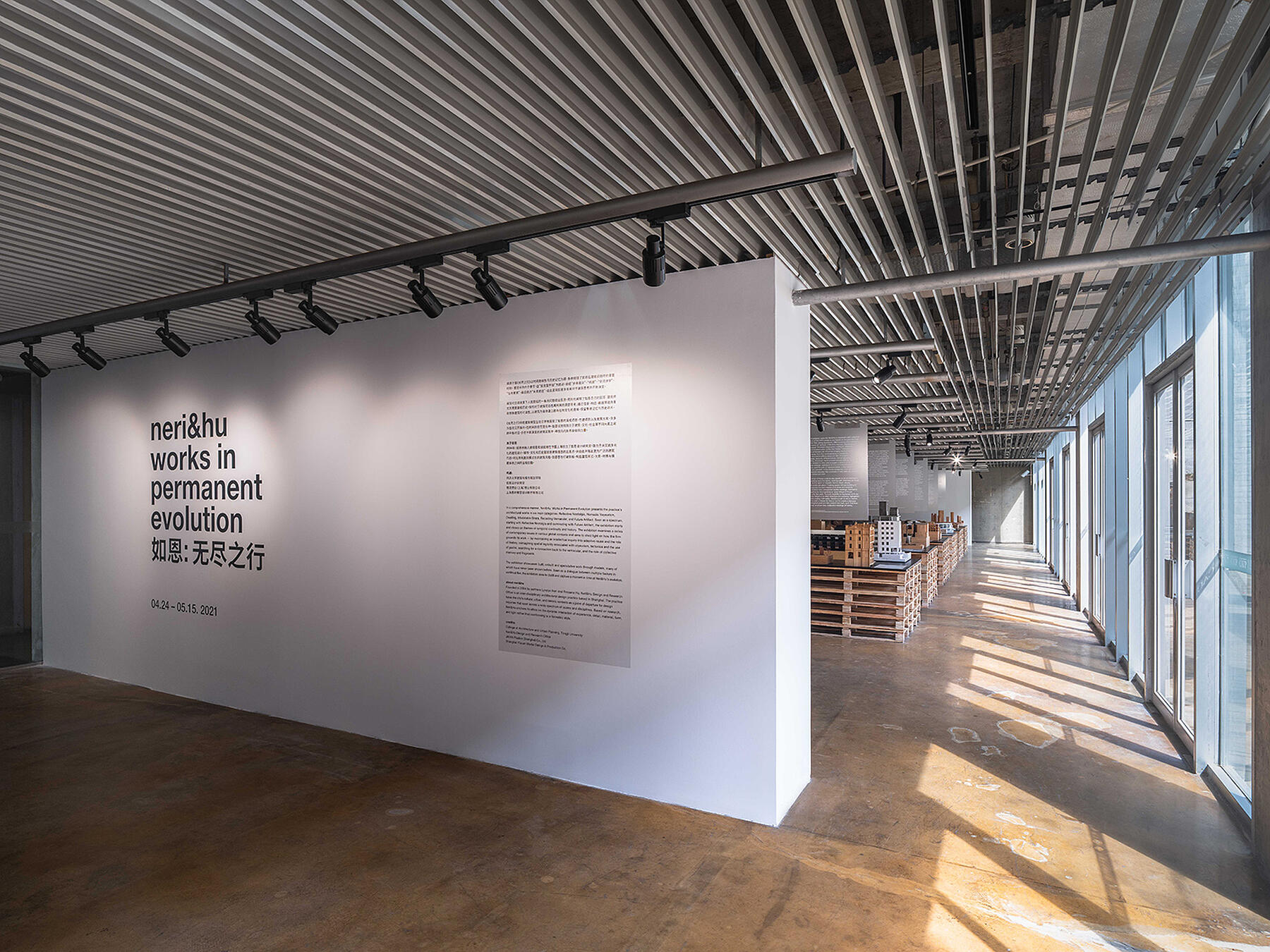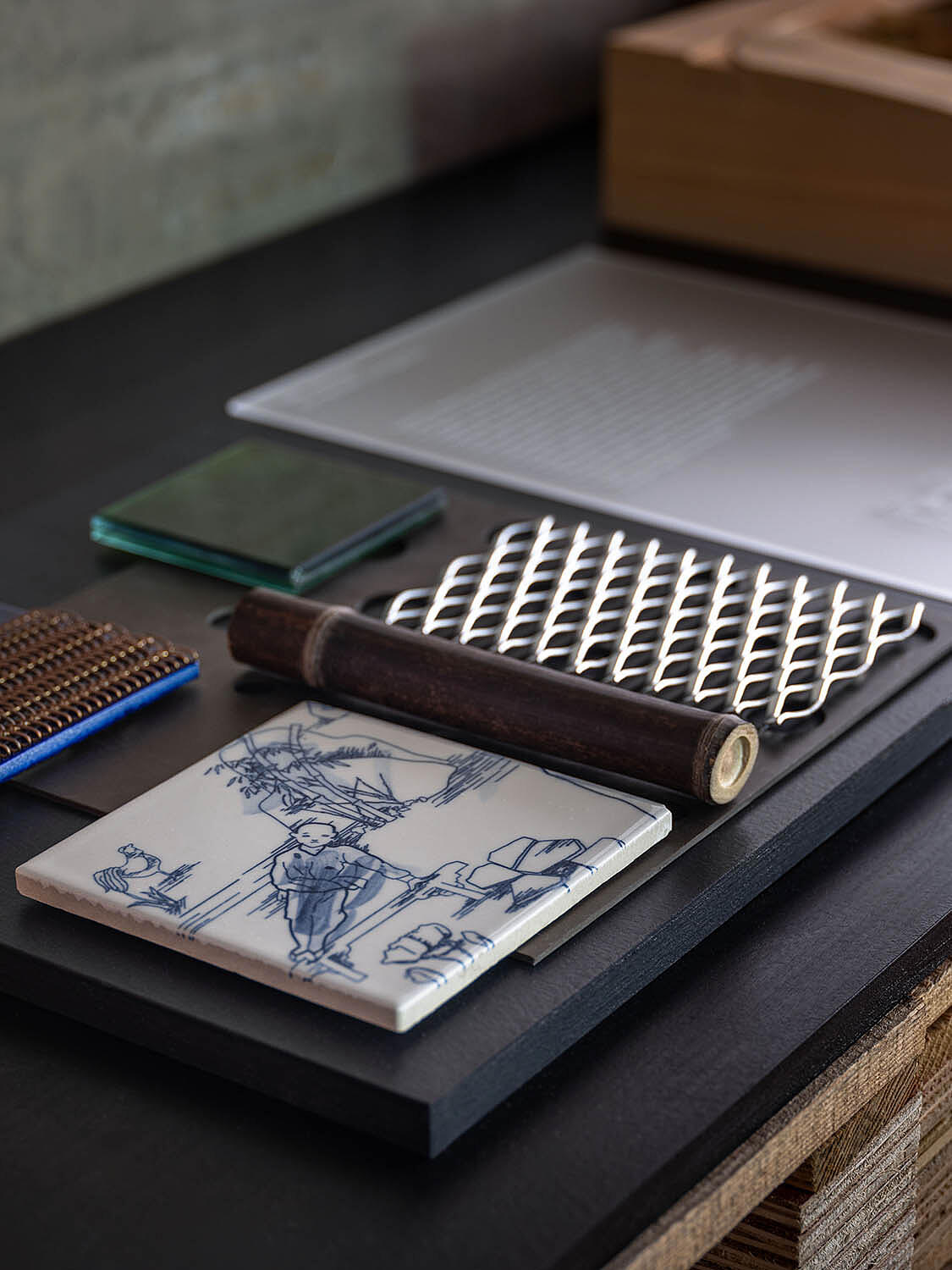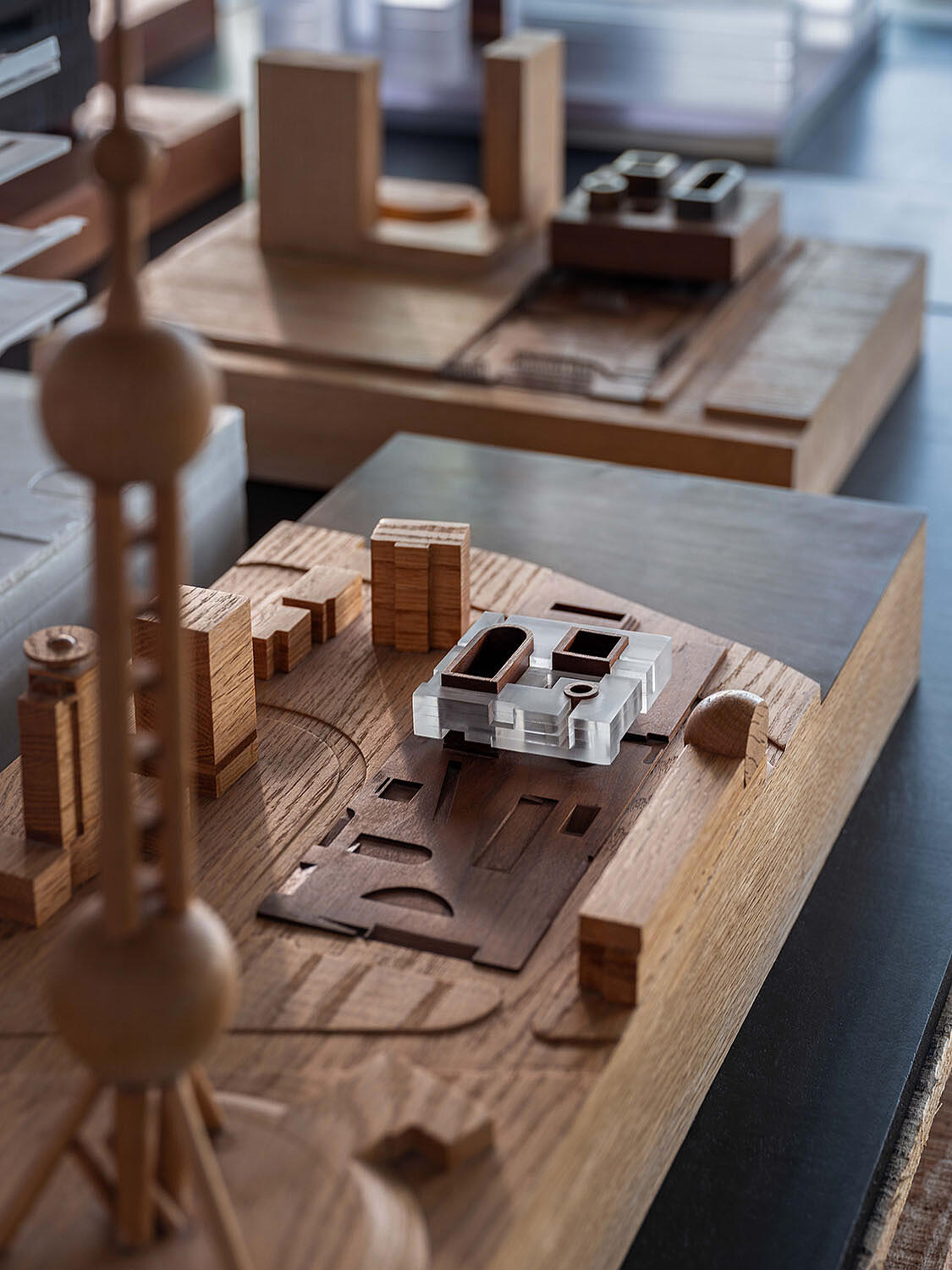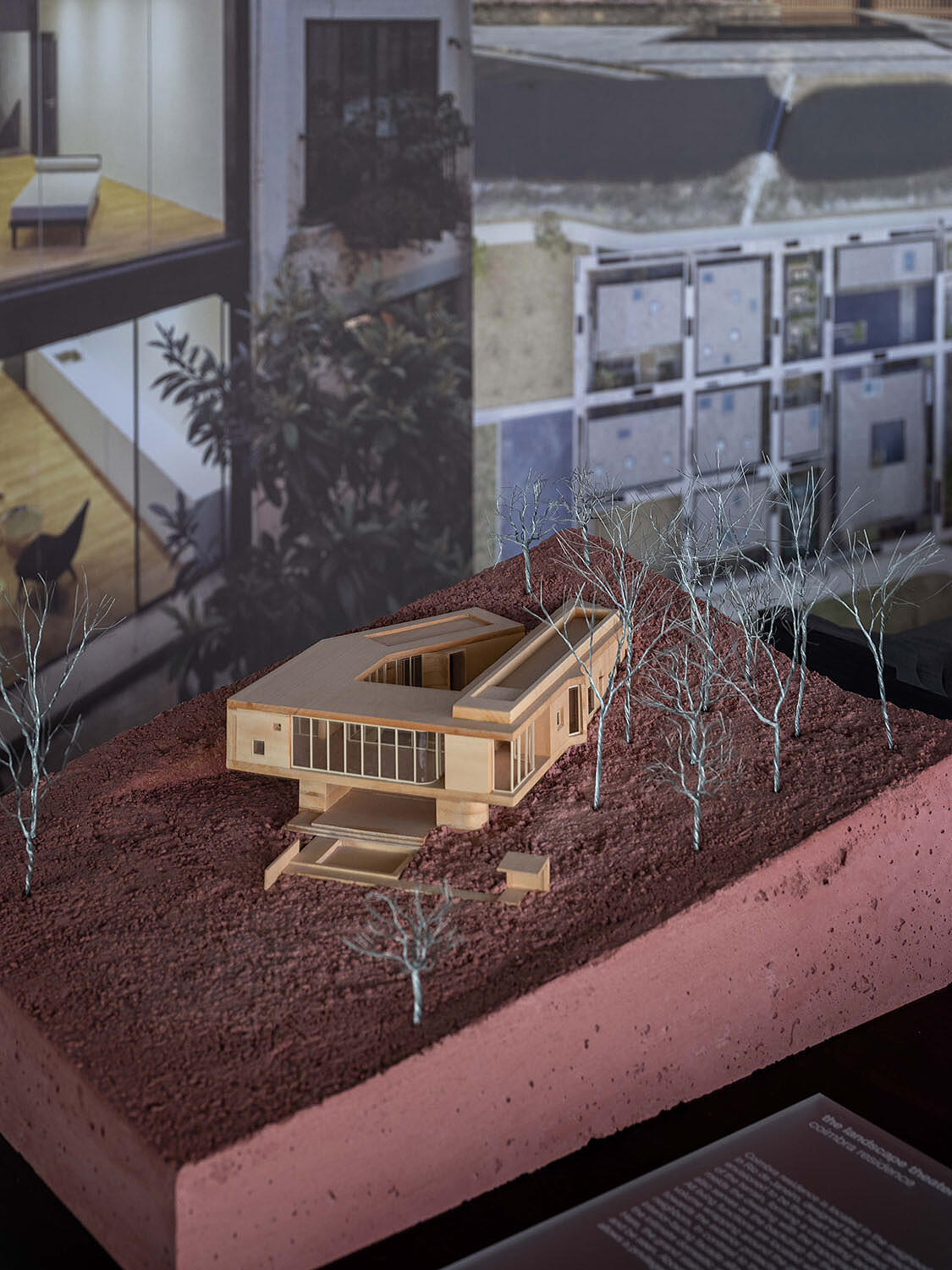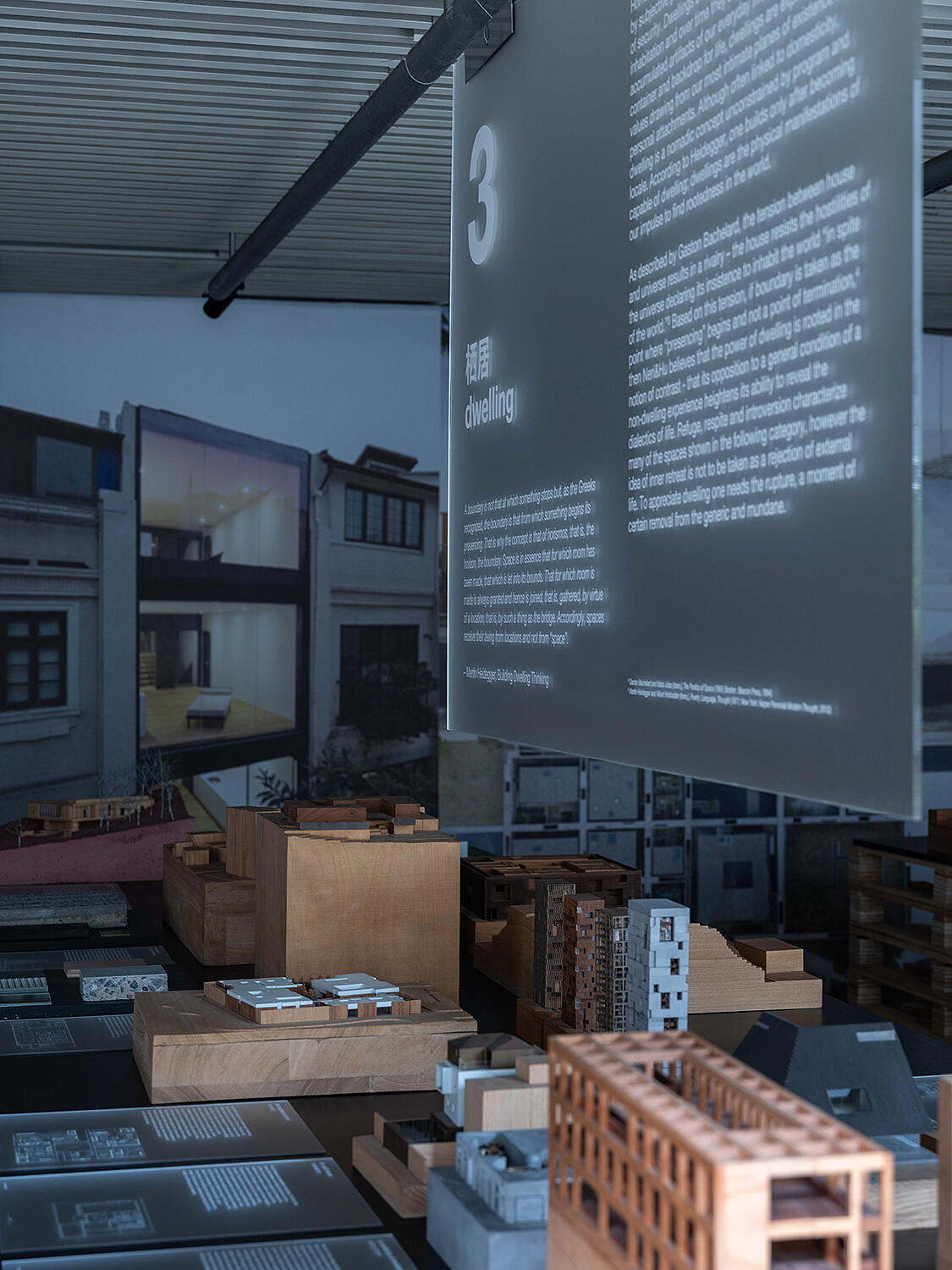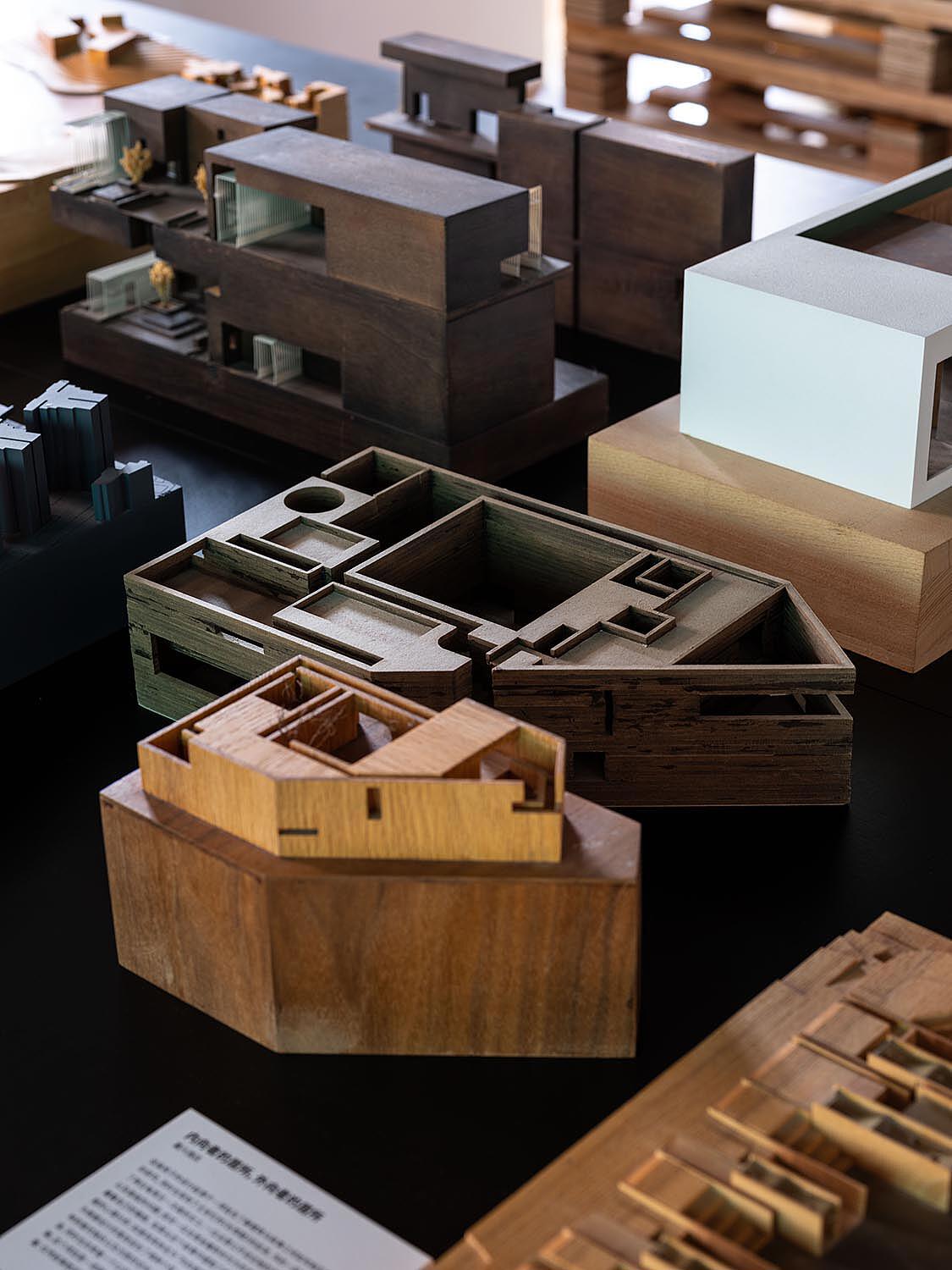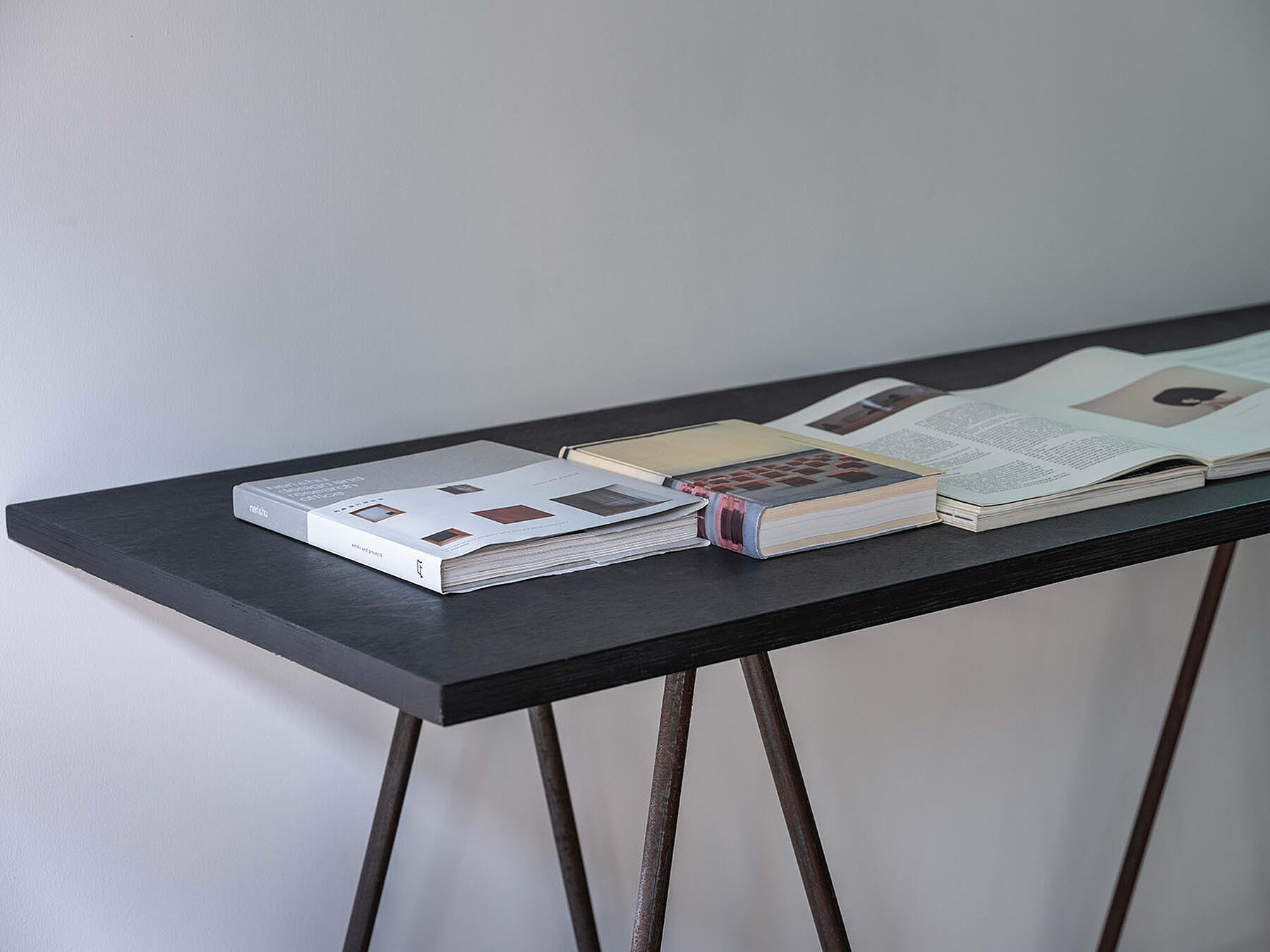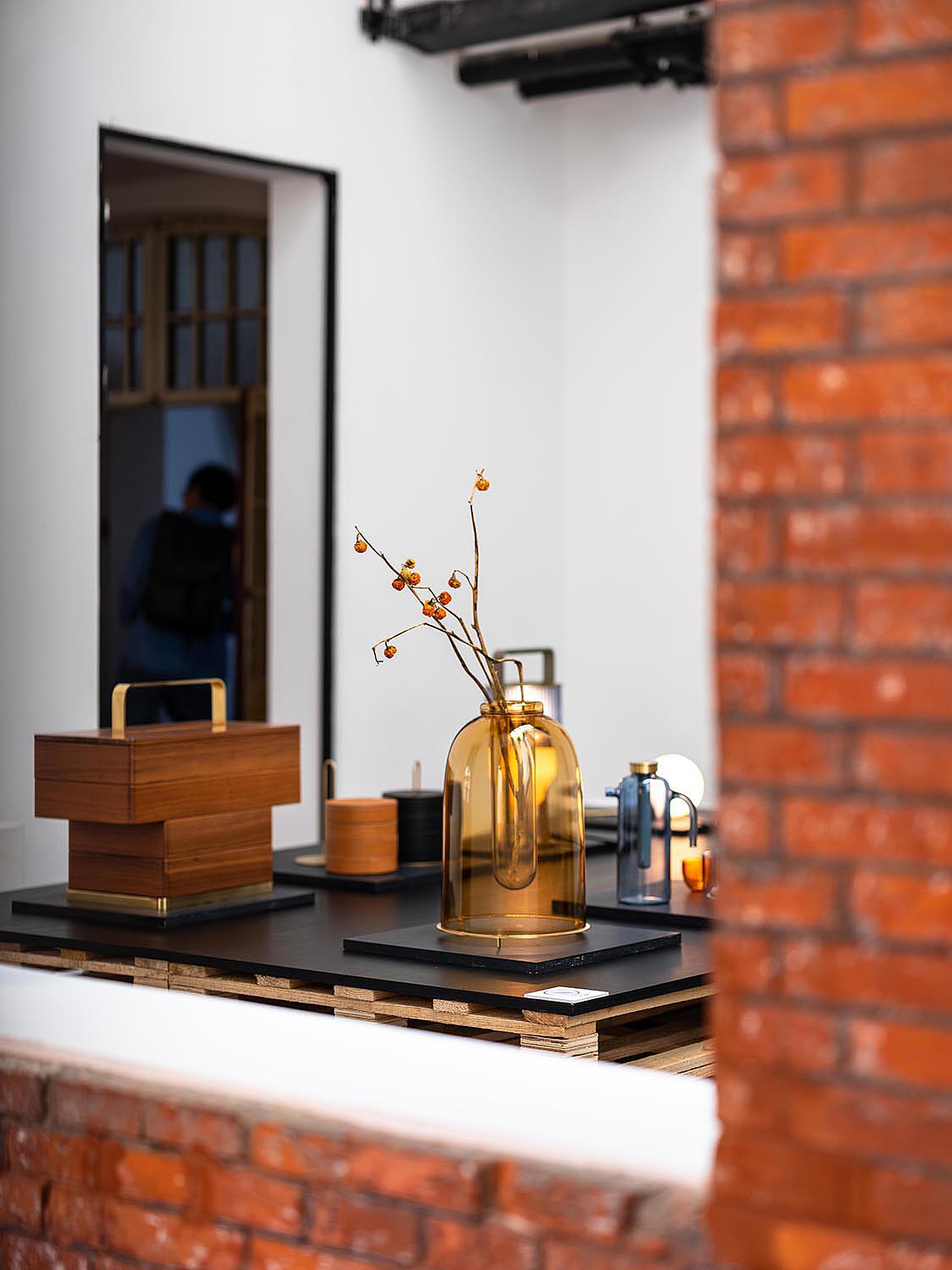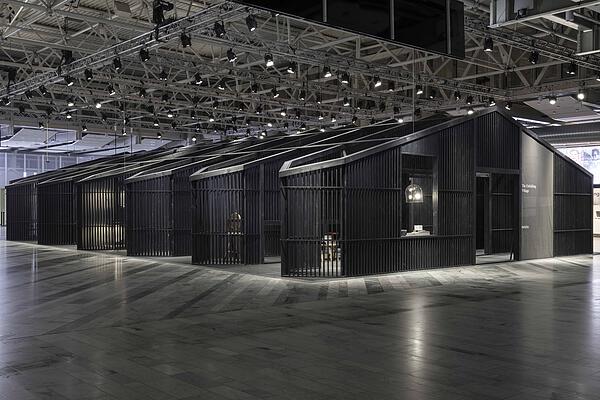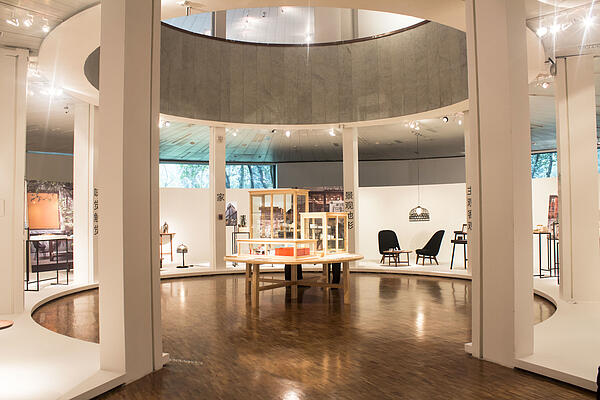Neri&Hu: Works in Permanent Evolution
In a comprehensive manner, Neri&Hu: Works in Permanent Evolution presents the practice’s architectural works in six main categories: Reflective Nostalgia, Nomadic Voyeurism, Dwelling, Inhabitable Strata, Recasting Vernacular, and Future Artifact.
The exhibition examines a series of contemporary issues in various global contexts and aims to shed light on how the firm grounds its work — by maintaining an intellectual inquiry into adaptive reuse and the role of history, reimagining spatial legibility associated with voyeurism, tectonics and the use of poché, searching for a connection back to the vernacular, and the role of collective memory and fragments.
The exhibition showcases built, unbuilt and speculative work through models, many of which have never been shown before. Seen as a dialogue between multiple factors in continual flux, the exhibition aims to distill and capture a moment in time of Neri&Hu’s evolution.
01 REFLECTIVE NOSTALGIA
Reflective nostalgia “dwells on the ambivalences of human longing and belonging and does not shy away from the contradictions of modernity.” Many of Neri&Hu’s projects offers a productive means to engage with issues of heritage, collective memory, displacement and urban renewal. In the works presented in this chapter, one can sense the delicate balance between the contrasts of new and old, smooth and textured, refined and raw.
02 NOMADIC VOYEURISM
This chapter captures how the technique of “jiejing” (borrowed scenery), frequently found in Chinese gardens, offers novel ways of seeing that challenge our perceptions of fixed boundaries. Borrowed views defy accepted norms of viewing and exact visual transgressions that manipulate spatial depth and the perception of scale and distance. These projects all exhibit part-to-whole relationships between a collective of fragments meant to be pieced together by the roving eye of the nomadic voyeur.
03 DWELLING
Home and being “at home” are psychological constructs shaped by subjective perceptions of shelter, privacy, intimacy and sense of security. Dwellings bear the markings of our daily rituals of inhabitation and over time they serve as vessels for the accumulated artifacts of our everyday lives. Beyond serving as container and backdrop for life, dwellings are expressions of our values drawing from our most intimate planes of existence and personal attachments. According to Heidegger, we build only after we are capable of dwelling; dwellings are the physical manifestations of our impulse to find rootedness in the world.
04 INHABITABLE STRATA
The dichotomies of architecture versus interior, outside versus inside are binary relationships that Neri&Hu has been challenging through practice. These tropes, as Gaston Bachelard eloquently described merely reduce human experience to a geometrism that falls short of representing the full spectrum of inhabitation. The desire to embrace conflicting polarities stems from Neri&Hu’s complex attitude towards “objecthood”. The impulse after establishing formal legibility in is to interrogate the form from the interior.
05 RECASTING VERNACULAR
The vernacular typologies in China are critical in informing how Neri&Hu links new projects into a broader historical context, local lineage and specific site. Beyond typology, Neri&Hu’s recent investigations have also begun to look closer at the vernacular construction materials and methods. Similar as with the approach to typology, Neri&Hu does not seek to transplant outdated modalities, or take literal translations of a bygone element, rather to interpret them anew.
06 FUTURE ARTIFACT
Aldo Rossi conceived the city as a living entity, constantly transforming and accumulating its own consciousness and memory. Architecture’s value resides within the forms of urban artifacts, which continue to structure the city even after they have shed their functions. The question Neri&Hu raises here is simple: how do we create built artifacts that can retain a meaningful presence for generations to come? The works in this chapter present how Neri&Hu deals with notions of context, the role of the monument, and the duality of destruction and evolution.
Gross Area
195 m²
Status
Complete
Completion Date
April, 2021
Exhibition Duration
April 24 – May 15, 2021
Address
Tongji University, 1239 Siping Rd, Yangpu District, Shanghai
